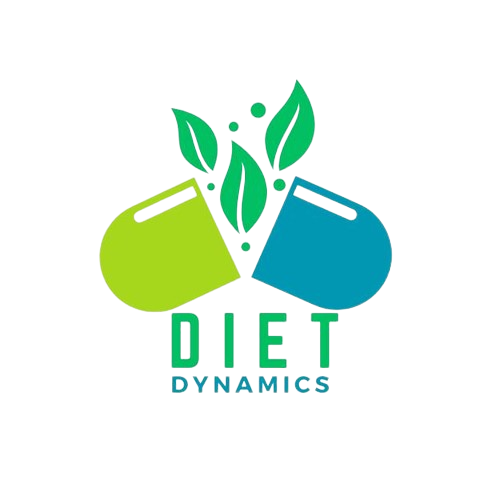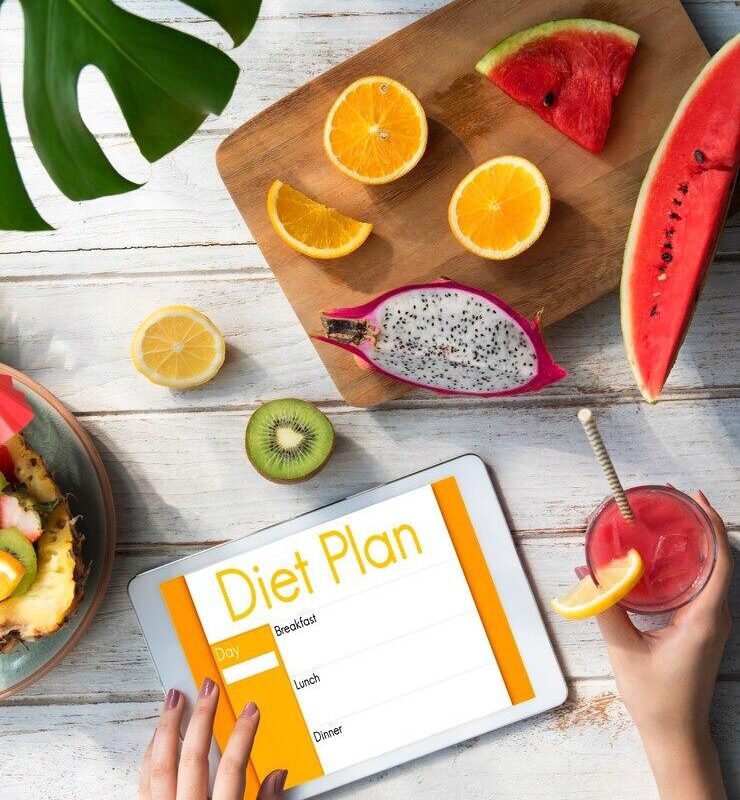Protein powder is a convenient supplement that boosts daily protein intake, supporting muscle growth, recovery, weight management, and overall health for active lifestyles.
Benefits of Making Your Own Protein Powder
1. Complete Control Over Ingredients
One of the most significant benefits of preparing your own protein powder is that you have 100% knowledge of how it is made. You do not have to worry about including any bulking agents, synthetic taste enhancers, sugar substitutes and other chemical additives that are usually present in ready-made powders.
2. Customizable to Your Diet
From vegan to vegetarian, and even for specific dietary restrictions or allergies, homemade protein powder can be made in such a way that the user can choose the suitable ingredients. Replacing and altering protein sources such as nuts, seeds, and grains can be done in order to achieve one’s creative and dietary requirements.
3. Economical
Purchasing ready-made protein powders can be expensive in astronomic figures as some are organic or premium. Preparing yours is that far cheaper, more so if you were to buy the materials in wholesale.
4. Environmentally Conscience
Moreover, preparing the protein powder yourself at home will minimize the use of plastics that come about as a result of buying processed protein powders. In addition, following a diet that consists more of fresh, rather than processed foods, is more sustainable in terms of the environmental impact.
Selecting Top Shelf Components When Making Your Own Protein Powder
It is important to use the best possible ingredients when preparing your own protein powder and not all of them need to be protein centric; other elements like fiber, vitamins and minerals should also be present. Below is the list of some of the best protein sources you can consider:
1. Nuts and Seeds
Including nut-based foods brings healthy protein and oils to the diet. Here are some of the easiest swaps for protein powder that can be prepared at one’s kitchen:
Almond: Contains protein, fibers, and vitamin E in plenty.
Chia seeds: Contains proteins, omega-3 fatty acids and high fibers.
Flaxseed: It has a high omega-3 and protein content and contains fiber.
Sunflower seeds: comprises protein, vitamin E and magnesium.
Hemp seeds: Has proteins which contain amino acids making it a complete protein source.
2. Beans
Beans in their entire splendor, such as chickpea, lentils and green peas provide edible protein vegetable sources. They are readily available and in plenty, which, therefore, makes them a good candidate for homemade protein powder.
Chickpeas: Coated beans are rich in protein, carbohydrates, dietary fibers, and other essential minerals like iron solubility, contributing to overall health.
Peas: Whereas pea protein remains one of the popular commercial applications of peas, especially in the production of protein powders for vegans.
3. Cereals
Some cereals have a relatively high protein content and can also enhance the taste and consistencies of your flour powder.
Quinoa: It has a complete protein profile since it provides all the nine essential nutritional amino acids.
Oats: Oats are rich in soluble and insoluble fibers and possess moderate amounts of protein.
4. Protein-Rich Powders
Other protein-rich powders can also be mixed in, to improve your homemade mix.
Cocoa Powder: Although low in protein, cocoa enhances flavor and is very healthy with high antioxidants content.
Spirulina: A type of blue-green algae that is highly rich in protein, however, has a rather strong taste therefore use it in moderation.
5. Optional Additives
Cinnamon or vanilla extract: As a flavor enhancer.
Stevia or Monk Fruit Sweetener: To sweeten without adding extra sugars.
How to Make Protein Powder: Step-by-Step Guide
The typical protein supplements consist of three different types of proteins: protein concentrates, protein isolates, and protein hydrolysates- where the latter forms illustrate a higher increase of insulin levels. Especially homemade whey protein is enriched with minerals and vitamins, making it suitable for casual bodybuilders. It is dairy-based, so it contains lactose, and is high in the branched-chain amino acids which enter the bloodstream directly and substantially improve muscle gain and healing. For those who find it difficult to obtain adequate nutrition solely from food sources, a protein-rich shake for weight gain homemade is an ideal drink for energizing purposes.
Ingredients
Dry Grocery
Chia Seeds
0.25 cups
Flax Seed
0.33 cups
Pumpkin Seed
0.5 cups
Sunflower Seeds
0.33 cups
Almond
0.25 cups
Oats
0.5 cups
Direction.
1. Preheat the oven and toast the almonds at 160 degree c for 4-5 min. Alternatively, they can be pan roasted on low flame. Be careful not to burn.
2. In a pan, dry roast the flax seeds, pumpkin seeds, sunflower seeds, and oats separately on low heat until slightly brown, but do not burn them. After that let them cool.
3. Pour all the components into the blender, and blend them until it reaches an extremely fine consistency.
4. The powder can be stored in a tight sealed container. Use as required.
DIY Protein Powder at Home.
Ingredients you will require:
1 cup of almonds (or other or any nuts as per choice)
½ cup of flaxseed
½ cup of chia seeds
1 cup oats (or quinoa)
¼ cup of cocoa powder (optional as an addition to taste)
1 tablespoon cinnamon powder (optional)
1 teaspoon stevia (optional)
Utensils Required:
Blender or food processor
Airtight storage container
Step 1: Toast or Dry Ingredients – Optional
Although this is an option, toasting nuts, seeds or oats brings out their flavor. Place your nuts, seeds or grains on a baking tray and place in the oven at 150 degrees centigrade for around 10-12 minutes, turning them once halfway through. Allow them to sit for a while until completely cool before moving to the next step.
Step 2: Blend – the Components
Place almonds, flaxseeds, chia seeds and oats in a blender or food processor. Cut them down with a processor until they are powder. You should repeat this process about once and scrape the sides depending on the power of your blender.
Step 3: Flavoring Ingredients – Optional
In case some cocoa powder, cinnamon or any flavorings that belong to the spice category are being used, please proceed to the blender and add them before grinding for a few more seconds.
Step 4: Lets Store Your Protein Powder
After the grinding is complete and everything is mixed well, put the powder into the airtight container. Keep it away from air, at room temperature it can be stored for the period of one month. For extended storage, it can be kept in chilled conditions and remain well for up to Three Months.
The Many Uses of Protein Powder You Made at Home
After making some protein powder for yourself, there are a million and one ways of including this ingredient to your everyday meal. Here are a few suggestions:
1. Protein Shakes
It is easy and probably the most practical way to use protein powder – mixing it with smoothie or shake. Take 2-3 tbsp of your home made powder, mix water/milk/vegetable milk and fruit/vegetable in the blender.
2. Baked Goods
In case you have made protein powder at home, you may enrich the contents of small protein saturated baked products such as muffins, pancakes, and cookies. There are many ways to do this, for example by simply removing some of the flour from the recipe and adding protein powder instead.
3. Oatmeal or Porridge
You can also take your ordinary porridge or oatmeal a notch higher by adding a tablespoon of protein powder to it.
4. Yogurt or Smoothie Bowls
Protein powder can also be used for a yogurt smoothie bowl by mixing the powder or sprinkling it on top to give some texture and also for the health benefits.
How do we make our own protein powder at home?
Preparing homemade protein powder is quite simple. Flax seeds, pumpkin seeds, sunflower seeds, and oats need to be dry roasted in a pan respectively, on a low flame. Do not heat them too much. After dry roasting, allow them to cool on an open surface and not an enclosed one. Next step is to take all the dry roasted ingredients in a juicer jar and blend them to make a smooth powder.
Is homemade protein powder effective?
One of the key benefits of preparing protein powder at home is the availability of components. You are certain of what you are blending and hence there will be no extra sugars, fillers or synthetic additives which gives rise to a cleaner and better source of protein.
What makes a complete protein powder?
To have proper nutrition one also has to consume the other nine amino acids, referred to as the ‘e
essential amino acids’ in the foods available. When a food contains all nine amino acids, it is known as ‘complete protein’.



